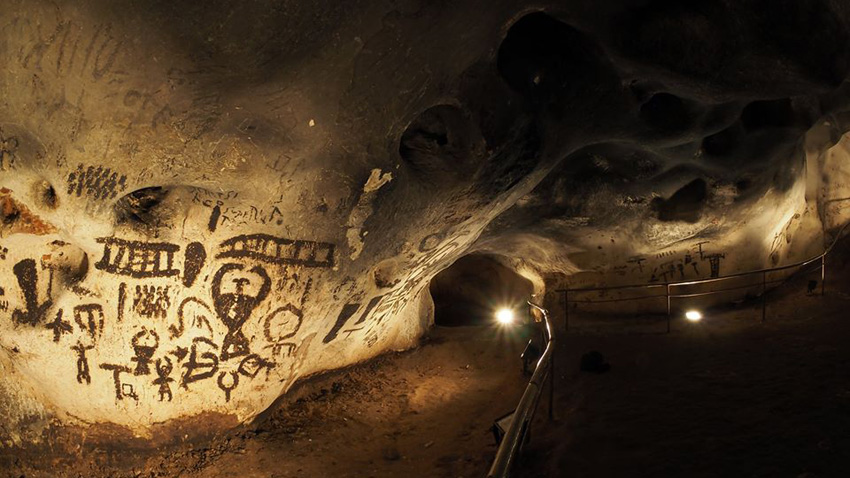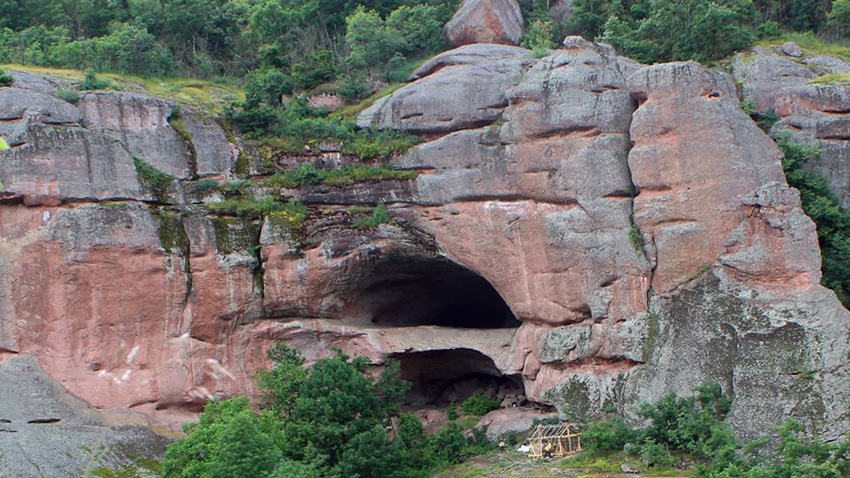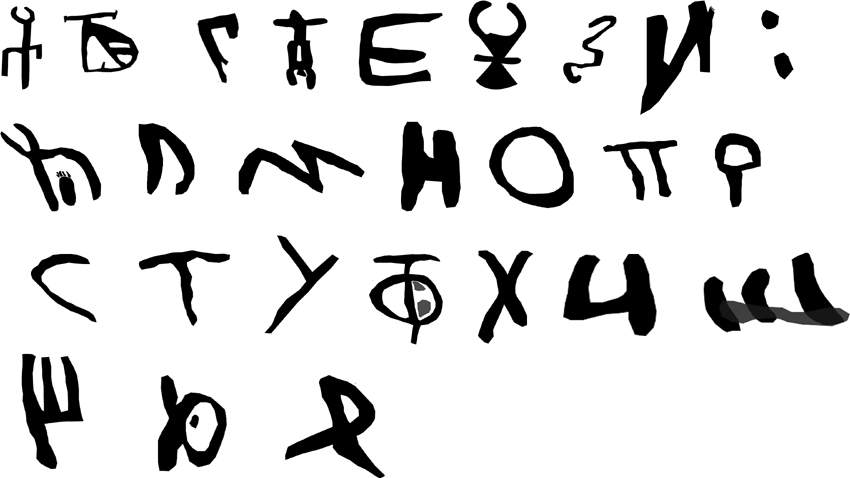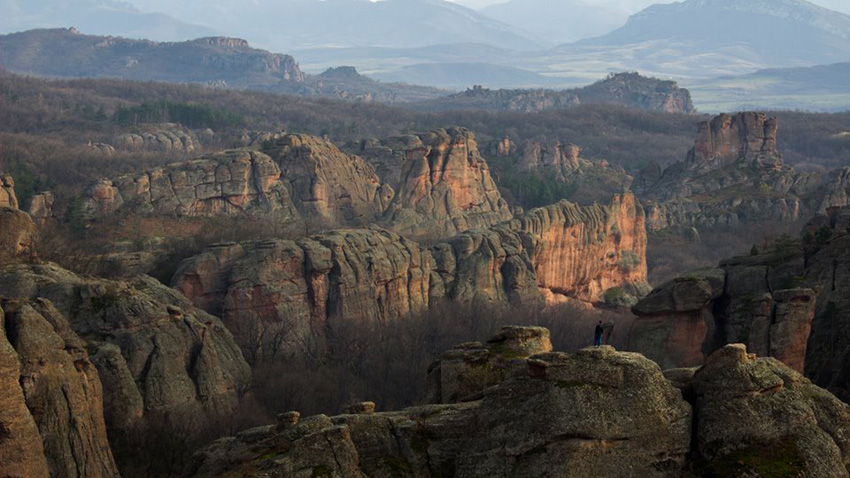In Bulgaria’s Northwestern corner a fantastic rocky landscape meets the eye – the towering Belogradchik rocks inspire awe and deference in any onlooker. The area is studded with yawning abysses, canyons and caves, gateways to the kingdom of Hades.
The most famous among these caves is Magura, a rock formation of colossal proportions that is more like an underground cathedral. But what makes it unique are the ancient drawings on its walls – around 900 in number – the oldest of which are thought to be among the oldest cave drawings in Europe, going back 8,000 years. Some depict scenes from the life of primitive man but there are signs and symbols that have not been decoded to this day. Local paleo-archaeologists and historians say that Magura cave but also the entire region around it and the rocks of Belogradchik were an ancient cult centre.

For many years scientists have been studying the cave symbols and they have come to the conclusion that they are no ordinary primitive drawings. Or at least some of them. “There is more and more evidence that the cave was something of a “library” in which the ancients’ knowledge of the world was encoded,” says Kiril Kirilov from the Belogradchik archaeological society. Different studies corroborate this, starting with the semantic analysis of the word itself - “magura”. It turns out that the same word appears in other parts of the world as well and wherever that name exists it denotes a cave, a hill or gushing water. But it is only the Bulgarian Magura that is at the same time, a cave inside a hill, with a lake issuing next to it. “Not to mention the tradition of building mounds here – the word mound (mogila in Bulgarian) sounds like the word magura. The mound is itself a hill that is hollow containing sacred messages,” Kiril Kirilov says:
“We have a complete map of the use of the place name magura around the world – over 2,400 sites in all. The word exists as far away as Japan, the Pacific Ocean and Africa. And in all of these places we see the same cult of the Mother Goddess depicted in our own cave, and even the name is the same. In South Korea, for example, she is called Mago, in China – Magu. The goddess is connected with caves and with fertility. Our ancestors believed she gave knowledge to people who dedicated themselves to her.”

In Magura cave we see analogues of the Celtic runes as well as alchemy symbols, Kiril Kirilov adds. The team of archaeologists is currently compiling a catalogue of the cave drawings, the idea being to trace where else in the world there exist similar prehistoric pictures. But there is more to this region than Magura cave, the land  around is also steeped in mystery. Five ancient sanctuaries used for religious rituals and astronomical observatories have so far been found. One of them is the two-storey cave inside the Belogradchik rocks themselves.
around is also steeped in mystery. Five ancient sanctuaries used for religious rituals and astronomical observatories have so far been found. One of them is the two-storey cave inside the Belogradchik rocks themselves.
“It was probably inhabited some 5,000 years ago,” Kiril Kirilov says. “The cave is some 4 kilometers from Belogradchik with an ecotrail leading up to it. On a rock platform above the cave there is a so-called “star chart” with a rock throne hacked out into the stone positioned for observing the holes bored into the rock, representing the stars and constellations. Our society organizes guided tours in these parts. We reconstructed a prehistoric dwelling using ancient technologies – it is made entirely of natural materials – wood, clay and straw. Curiously enough, ancient man lived in dwellings that resemble the one-time Bulgarian houses made of wooden structures, covered with wattle-work made of clay-covered sticks.”
The rocks of Belogradchik and Magura cave are yet to reveal their secrets. Are we ever to find out the whole truth about this mesmerizing place? Only time will tell… For the time being we hope that the rock drawings inside the cave will be included in the UNESCO World Heritage list.

English version: Milena Daynova
The ancient Villa Armira, built in the second half of the 1 st century AD, is the most opulent Roman palace in what are today the Bulgarian lands. It once belonged to an eminent Thracian noble and was the manor house of his land tenure. It..
Nature is an unsurpassed architect. For millions of years it has worked to create its unique pieces: the crystals that inspire a feeling of brilliance, refinement and beauty. Shown together in the same place, these properties of colored minerals..
The Dimitar Peshev House & Museum in the town of Kyustendil is a monument of culture, restored nowadays, in order to be a focal point for the memory of those Bulgarians, who managed to pluck from Hitler’s grip some 50,000 Jews who were to..

+359 2 9336 661
